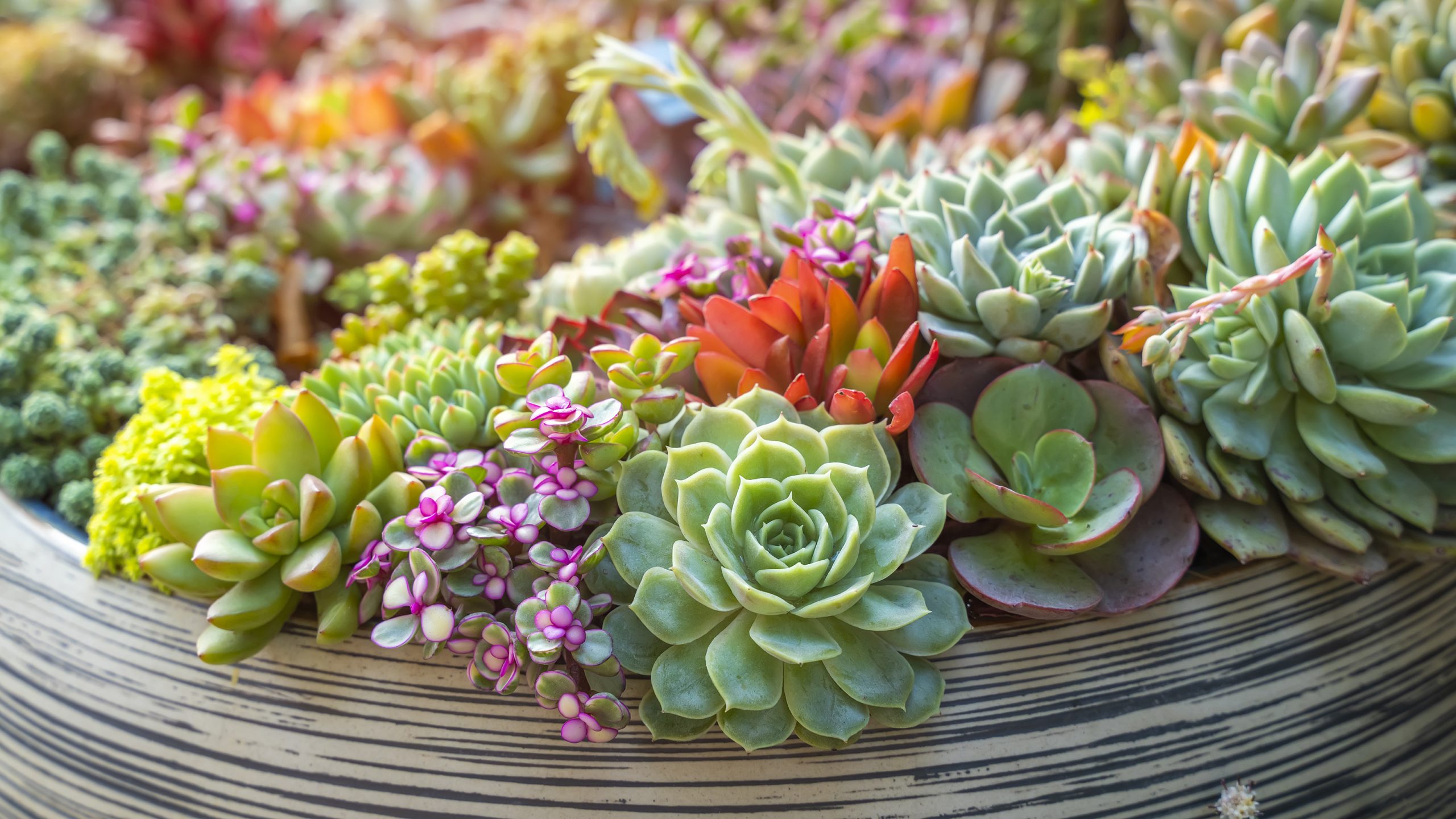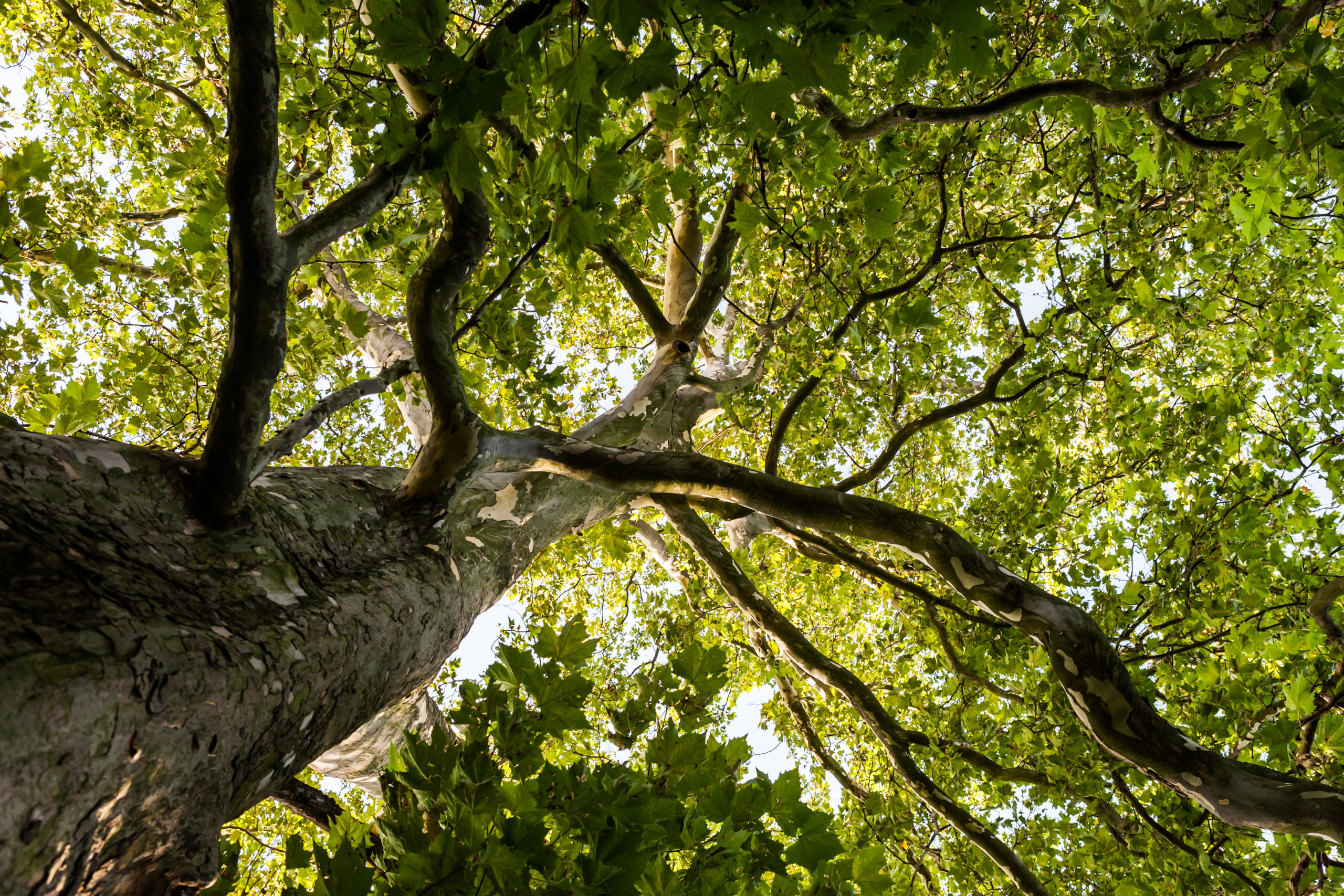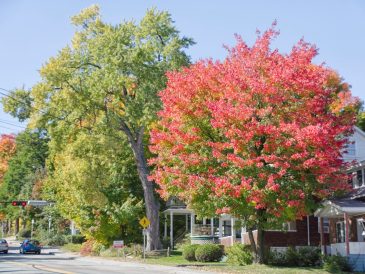I always like to start with something personal, so please bear it with me!
I was raised in a Christian home and I was taken to church when I was two months old, where I always heard the pastor preaching the word of God. At home, my dad would read me a chapter of the King James Bible each night before my usual bedtime story. I was far too young at that time to understand any of these Biblical scriptures, but I guess my dad wanted me to get used to the cadence of that form of English and grow up with Biblical scriptures. It was a tradition in the family for my maternal grandmother to gift a Bible to each of her grandchildren and I received mine when I was four years old. However, I only started reading it at 7 or 8 years old and probably more seriously at around 12 or 13. Today, I’m happy that I learned so much by reading the Bible rather than being spoon-fed by “doctrines.”
The Bible doesn’t only include songs, poetry, history, speeches, sermons and stories, but it is also written in many forms of parables. It’s interesting how Jesus has often used parables to teach His disciples or to illustrate a moral or spiritual lesson. Perhaps, one of the most famous parables told by Jesus was that of the “Good Samaritan.” However, my favorites are the Parables of the Growing Seed, The Parable of the Olive Tree, The Parable of the Mustard Seed and The Parable of the Barren Fig Tree. And, if you look carefully, you’d see that in these four parables, different plants were used as illustrations for spiritual teaching.
Plants are considered essential because of all the many ways that they support life. We rely on them for food, shelter, medicine, fuel, climate, fiber and even for the air we breathe. But, as children of God, let us remember that God is the creator of this essential resource:
“Then God said, “I give you every seed-bearing plant on the face of the whole earth and every tree that has fruit with seed in it. They will be yours for food” (Genesis 1: 29).
Barley

Known as one of the first cultivated grains, barley comes from the grass family Poaceae and can be grown in a variety of environments. Even if the delicious whole grain can be used in countless ways in cuisine, most people recognize barley as the usual cereal grain with a mild, nutty flavor and chewy texture.
During Biblical times, despite being valued less than wheat, barley was widely cultivated in both Egypt and Israel. As per 1 Kings 4: 28 (“Barley also and straw for the horses and swift steeds brought they to the place where [the officers] were, every man according to his duty”), it was the staple food of horses. And, while the rich and wealthy were munching on fine-textured wheat bread, barley was the common food of the poor and needy.

“Gideon arrived just as a man was telling a friend his dream. “I had a dream,” he was saying. “A round loaf of barley bread came tumbling into the Midianite camp. It struck the tent with such force that the tent overturned and collapsed.”
– From Judges 7:13
“A man came from Baal Shalishah, bringing the man of God twenty loaves of barley bread baked from the first ripe grain, along with some heads of new grain. “Give it to the people to eat,” Elisha said.”
– From 2 Kings 4:42
“Behold, I will give to your servants, the cutters who cut timber, twenty thousand measures of beaten wheat, and twenty thousand measures of barley, and twenty thousand baths of wine, and twenty thousand baths of oil.”
– From 2 Chronicles 2:10
The Bible also mentions how barley is the first grain harvested.





